Digital marketing is considered the most important strategy. People use the internet to learn about different businesses or items they want to buy. It also helps promote businesses and reach a specific audience. Before we discuss the different digital marketing strategies available, let’s first understand what digital marketing is.
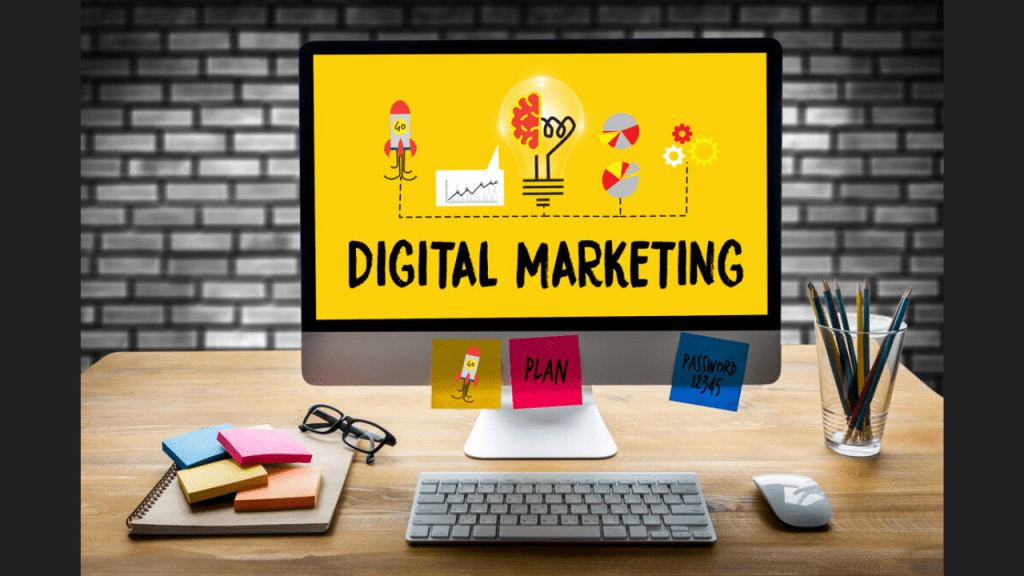
What is digital marketing?
Digital marketing is used to increase brand awareness and engage customers through the Internet or other communication platforms such as e-mail and social media. Radio ads and television ads are also a part of digital marketing.
Since it has evolved, new techniques can be far more effective. If you don’t promote your business online, you’ll miss out on a lot of opportunities.
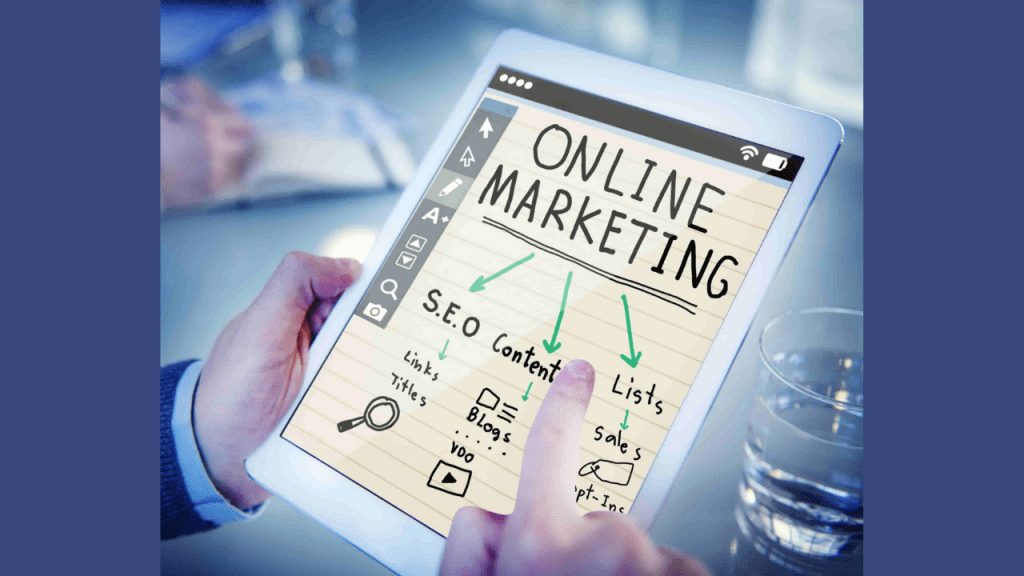
Here are 4 most important and common ways:
- Content Marketing
- Search Engine Optimization (SEO)
- Search Engine Marketing (SEM)
- Social Media Marketing (SMM)
1- Content Marketing
It refers to valuable and informative content such as blogs, how-to videos, and other instructional content. This helps you connect with the audience, generate leads, and make sales. If you publish content regularly, your audience interacts with it, and that becomes the most reliable content. Regular publishing can also keep your audience updated on the latest industry trends.
Content marketing is all about telling a story to raise brand awareness among your target audience. The benefits of content marketing are long-term. With your content, you can attract customers. Inbound marketing strategies also involve content marketing.
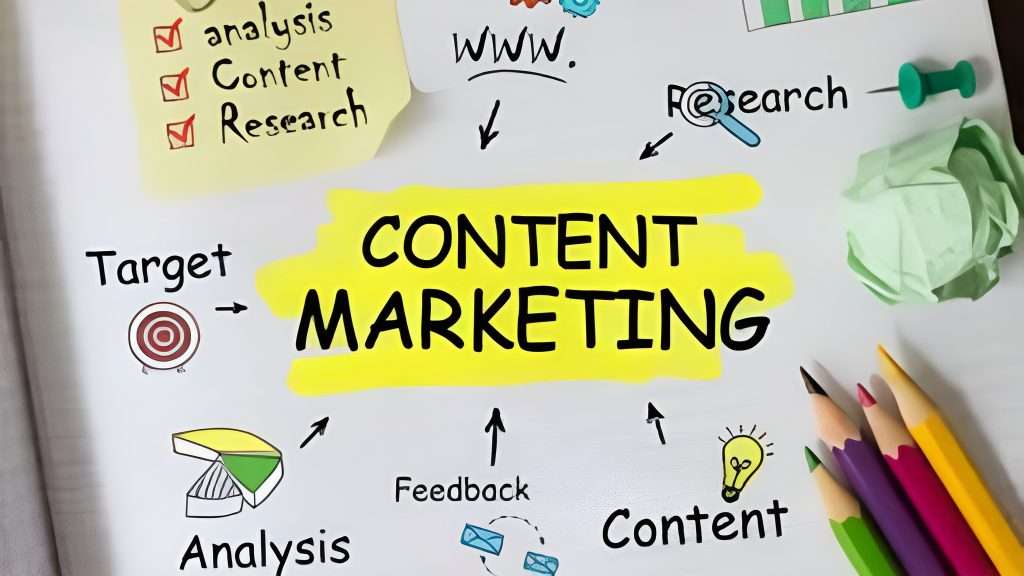
Here are some pros and cons:
| Pros | Cons |
| Free of charges | It takes time to target keywords |
| Promotes brand and educates audience | Your content must attract audience |
| It supports other digital marketing strategies as well |
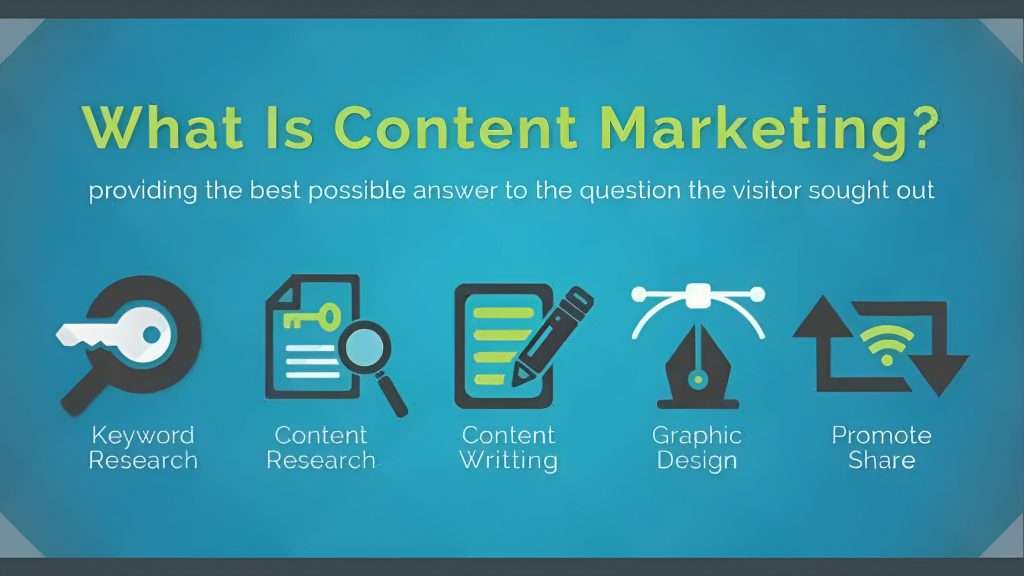
2- Search Engine Optimization (SEO)
SEO is a form of creating content that search engines such as Google will rank high on SERP (search engine results page). The relevance of your keyword and what people are looking for are mainly determined by Google’s algorithm.
The algorithm keeps updated and your SEO strategies must be updated regularly. If it’s done properly, SEO will put your page on top of SERP and bring traffic.
It just doesn’t rank and bring traffic, but it also helps convert traffic into leads.
On-Page SEO
To score highly, a web page must be optimized to target a particular search query. It can be accomplished by keyword research and content creation.
Off-Page SEO
It is done to link a page to other high-quality websites to enhance its reputation. Search engines will trust the content on your website if you do this.
Creating backlinks from your webpage by connecting it up with other high-quality websites is called link building.
Technical SEO
It is done for a great user experience. It is usually done focusing on speed, structure, and mobile friendliness. Some people think that SEO has become ineffective but in reality, more than 70% of purchases start their process of buying with the search. So, the SEO strategy should be quality content, generating backlinks, and ranking higher on search engines.
| Pros | Cons |
| Increase brand awareness | Depending on the technology and content |
| Cost-effective than PPC | Google’s changing algorithms might affect your efforts. |
| Time taking |
3- Search Engine Marketing (SEM)
SEM is a paid strategy that places a brand at the top of search engine results pages to increase brand awareness. SEM or pay-per-click (PPC) marketing, targets audiences, optimizes ads, and sets budgets based on demographics like geography, age, and interests. Google frequently displays ads with the label “Ad” but still produces clicks. because it makes targeting ROI tracking possible.
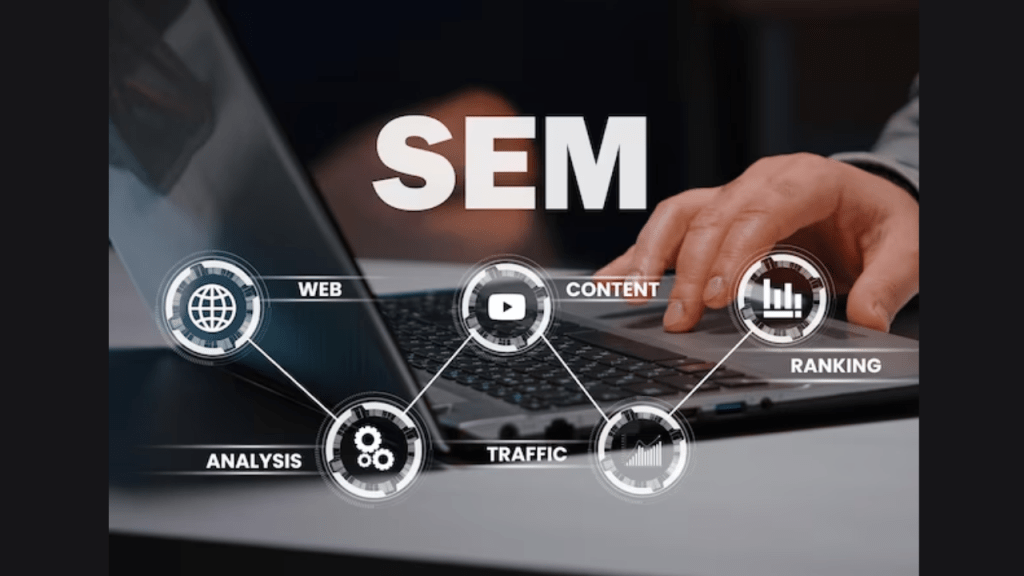
| Pros | Cons |
| Facilitates getting the top rank quickly. | Targeting keywords can be costly |
| Saves time | Most people prefer organic search results over ads. |
4- Social Media Marketing (SMM)
Digital marketing can be done using social media platforms, known as social media marketing.
You can set up any social media profile and post content to promote sales. The audience you want to attract will determine the social media site. Pew Research, for instance, states that Facebook is the most effective platform for reaching audiences over 65, while Instagram is best for audiences between the ages of 25 and 29.

| Pros | Cons |
| More conversion | Using Social media might be difficult |
| When people like, comment, and share your content, it increases effectiveness. | The algorithm keeps changing. Also, content formats are updated regularly. |
| Facebook/Instagram ads enable specific targeting. | It requires effort and a plan to post on social accounts. |
Conclusion:
So we’ve determined that if you want to reach the right people, you should use digital marketing. Here are four strategies that we’ve discussed, including content marketing, SEO, SEM, and SMM. Each plan demonstrates its individuality and helps in the promotion of brand and content marketing that fosters trust, as well as social media marketing for all of your purposes, sales generation, and so on. However, in today’s world, digital marketing is critical to stand out from the competition. These strategies will help you attain long-term success. Simply take the initiative and allow these ideas to lead the road to your digital success.
